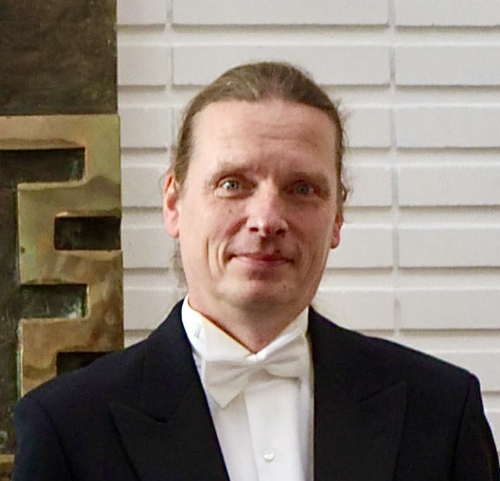Petri Kursula is a Professor at the Department of Biomedicine, University of Bergen, Norway. He is also affiliated with Faculty of Biochemistry and Molecular Medicine, University of Oulu, Finland.
What attracted you to LINXS?
As a structural biologist, my work has always relied on the use of synchrotron radiation facilities. In addition, we have used neutrons to look at protein-lipid interactions and assemblies. Furthermore, other techniques, such as cryo-EM, have become increasingly important to our research. Having done experiments in Lund before and keeping connections to the Swedish structural biology community and the ESS, I immediately thought of LINXS as a potential host, when I realised I could have a sabbatical in 2025.
What are your aims with your stay in regards to the Chemisty of Life theme?
There are two sides to it. On the one hand, I want - both myself personally but also my research group - to be exposed to the environment at LINXS and Lund, to participate in events and make connections, networks, and collaborations. On the other hand, I am willing to share our own expertise on structural biology, protein-lipid interactions, membrane proteins, and assembly of large proteolipid structures - as well as the interdisciplinary methods we use to study these aspects - with the community connected to the Chemistry of Life theme at LINXS. As a side track, I am currently designing a new structural biology course for our university, and I expect to get plenty of ideas for this project.
How do you hope to forward your own research interests?
I hope to have access on campus to various types of state-of-the-art facilities, which we are lacking in Norway - including synchrotrons, neutron sources, and cryo-EM. This will allow both myself and early career scientists in my group to get hands-on experience, allowing transfer of knowledge to not only my group, but the structural biology community in Bergen. There are many aspects of my research project on myelin, where I am on the lookout for collaborators with complementary expertise, neutron experiment planning and data analysis are just one example.
What is your interest in X-ray techniques in relation to your work?
We routinely use synchrotron X-ray experiments in our work, this mainly concerns macromolecular X-ray crystallography and small-angle X-ray scattering. I have been a user of the Lund synchrotron facilities since the year 2000, and I have worked on several European synchrotrons in the past 25 years. A specific interest is combining X-ray and neutron experiments, to unravel both structure and dynamics of proteolipid systems. For these studies, we additionally use spectroscopic techniques at synchrotron sources, together with an international multidisciplinary network.
What are, according to you, the most pressing challenges in your field?
I am keenly interested in protein structure, dynamics, and function, specifically those of membrane proteins and intrinsically disordered proteins. My model system is the myelin sheath, a proteolipid structure, which harbours both of these types of challenging proteins and more. While my interest is at the molecular level of structure, dynamics, and interactions, understanding how myelin is formed and maintained will be relevant for e.g. multiple sclerosis research. The main challenge, apart from technical issues with experiments, is to connect the medical and basic science fields to fully take advantage of the results we obtain from fundamental research, and in the long term, exploit them in medical research, diagnostics, and eventual treatment. I do sincerely think the LINXS initiative/approach can make a difference in linking basic research to multidisciplinary approaches and further towards applications, whether they be clinical, technological, or something else.





















